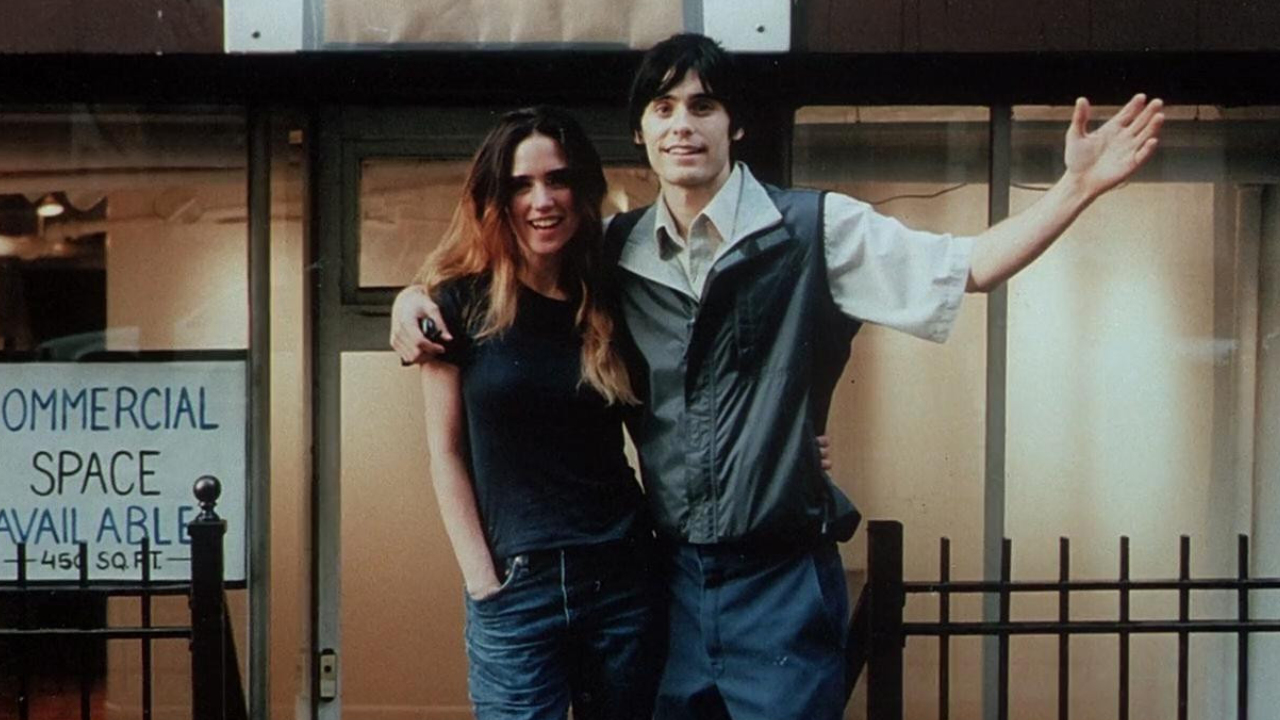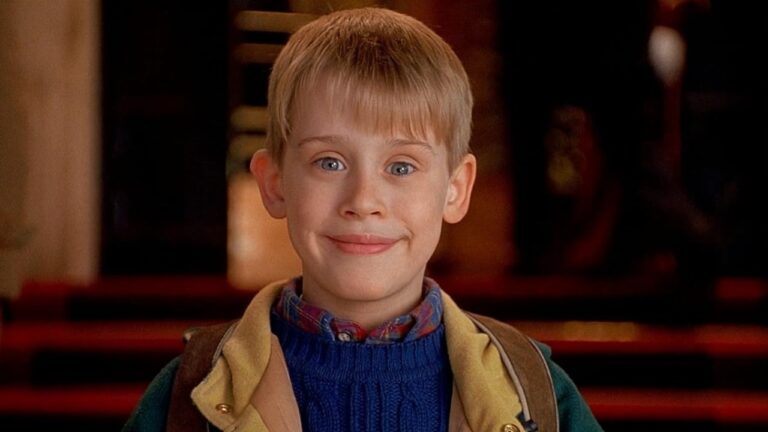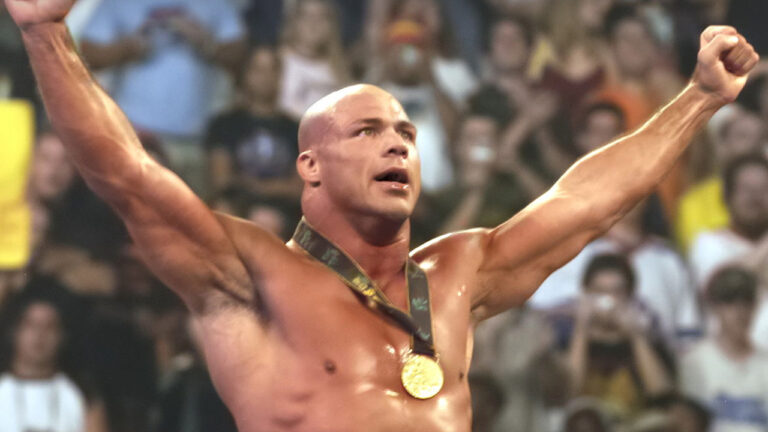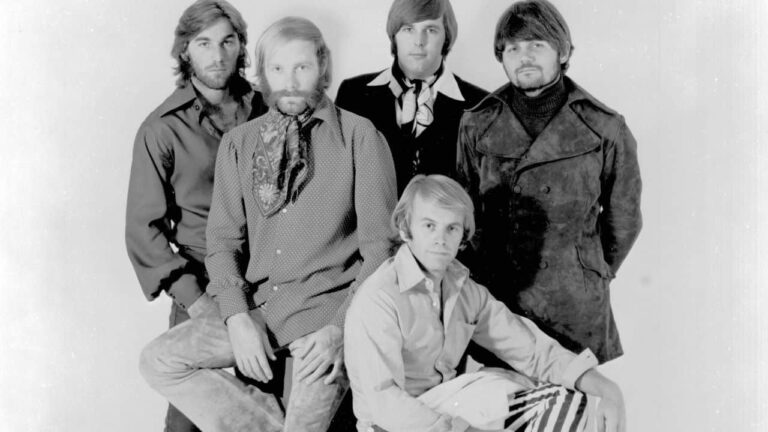15 Great Films We Never Want to Watch Again

How does a film hold up on multiple viewings? What dramatic scenes, monologues, and action sequences stick with the audiences? What makes the moviegoer eager to return to a cinematic world? It relies on connections, yet some cut too deeply with the silver screen onlookers.
Many films offer incredible artistic flavors that attract those who sit before the movie theater. However, some award-worthy pictures fall dangerously close to the human heart and soul. They grab at the viewer long after the credits finish rolling.
Some films administer shocks that prove difficult to forget, whether it’s the heavy material or horrifying themes. They strike absolute terror or tear apart hearts, leaving the crowd in awe of their subjective impact.
127 Hours (2010)

Mountaineer Aron Ralston documents his life-threatening experience at Bluejohn Canyon in Between a Rock and a Hard Place. While canyoneering, Ralston falls into a tricky spot where a boulder traps him. He amputates his arm after spending five days without help.
His story became the focus of director Danny Boyle’s 127 Hours adaptation, which features James Franco as Ralston. By following Ralston from his trip to the amputation, the film gushes out an eye-wincing dismemberment scene. It readily serves as the feature’s best sequence, yet the intensity burns plenty of degrees. Aside from spending dozens of hours with Aron in the canyon, one viewing remains sufficient for 127 Hours.
Mystic River (2003)

By adapting Dennis Lehane’s Mystic River with some familiar talent, director Clint Eastwood aims for an authentic saga of heartbreak. Starring three friends (Sean Penn, Tim Robbins, and Kevin Bacon) riddled into a homicide tale, Mystic River plunges into some murky territory of deception and betrayal.
In short, the Mystic River story revolves around the entangled three friends reconnecting when a death in the family occurs. The subject material mixes in challenging motifs of child abuse and guilt. Moreover, the three actors sell their performances to a heart-rending degree, notably Sean Penn, when he’s held by fellow officers after learning of his daughter’s demise.
While many sequences don’t leave an ever-lasting impression, Mystic River‘s account of abuse rings plenty of true colors that stick too close to home.
Melancholia (2011)

Depression becomes another critical theme many films examine and depict. Director Lars von Trier specializes in illustrating depression’s grime, and fans usually point at his Melancholia telling for an accurate portrayal. Trier invites a science fiction tale of an impending planetary disaster instead of attracting scares.
With actress Kirsten Dunst serving as Trier’s vessel, Melancholia centers on the apocalyptic crisis before it strikes. Trier utilizes a heightened sense of realism for the planet’s approaching doom, establishing parallels between Earth’s demise and human depression. Though Trier’s other works tug at the heartstrings a bit too aggressively, Melancholia strikes more than enough chords.
The Road (2009)

Adapting literary works provides the perfect avenues for studying critical angles of the human condition. One creator who continuously invents blueprints that inspire film producers includes Cormac McCarthy. For his depiction of the world’s end, McCarthy penned The Road, motivating 2929 Productions to generate its adaptation.
The story follows a father and son who venture across a post-apocalyptic wasteland for safety. Certain circumstances transpire, and the two characters face horrendous corners, all supported by the film’s gritty filters and set design. No vibrant colors appear on screen, for only muddy hues and filth shine from beginning to end.
The Road leads to nothing but dread.
Being John Malkovich (1999)

Subjecting audiences to a Spike Jonze/Charlie Kaufman experience already evokes anxious anticipation. In their first collaboration, the two premiered Being John Malkovich before the turn of the 21st century. By throwing a handful of recognizable actors in primary roles (including Malkovich himself), the creators play on psychological flips that keep the intrigue rolling along.
However, the film delves into mind-bending and disturbing territory with its subject matter of puppeteering. John Cusack’s character continually shatters his psyche, which comes into play via surrealistic sequences. His fate ultimately abides by living his days through another person’s lens. Though spectacular in storytelling, Being John Malkovich traumatizes its audiences like an icepick for a lobotomy.
Uncut Gems (2019)

The Safdie brothers’ work drips anxiety with incredibly invasive close-up shots. The nerves viciously shoot up with their Uncut Gems feature, which follows a gambling addict (Adam Sandler) placing bets on various deals. One deal jeopardizes his way of life, interfering with his shady business and troubled family.
Given his sketchy dealings, the addict encounters some scary moments that put his life on the line.
Uncut Gems feels like a ticking time bomb waiting to go off. Sadly, it does, to a disappointing degree, without going into spoiler territory. Though supplied with a complex score, riveting performances, and eye-catching cinematography, Uncut Gems delivers (and spoils) the surprise.
Fat Girl (2001)

Exploring adolescence in film usually depicts fractured tales of abused youth and discovery. French director Catherine Breillat holds up a magnifying glass concerning female juvenility with Fat Girl. The title’s translation comes from “À ma sœur” in French, which means “To My Sister.” It centers on two siblings (Anaïs Reboux and Roxane Mesquida) undergoing tremendous moments in their teenage years.
With such a raw narrative structure, Fat Girl delves into realistic gut-punches of relatable sexual relationship scenarios. It observes the haunting gorges of innocence and physical awakening, which troubles some viewers. Many critics cite Fat Girl as a brutal inspection of female youth. It succeeds in handing out pictorial warnings for all viewers, even if they watch it only once.
Enter the Void (2009)

Several of director Gaspar Noé’s pictures remain tough sells for even the most confident cinephiles. They usually dabble in obscure themes of troubled love, untamed rage, and vengeance. His Enter the Void fills the bubbles on these subjects while highlighting the intensely lit nightclubs of Tokyo.
Enter the Void offers a magnitude of visual landscapes and snippets that send audiences on a wild ride through time. The presentation sounds astonishing until the more barbarous scenes occur, including a character’s death that affects the camerawork. Moreover, Noé’s film touches on salacious connections while dazzling audiences with a broad spectrum of colors. With such grimy material to unfold, stomaching Enter the Void for one round feels like hurdling through twisted emotions.
Schindler’s List (1993)

Many film critics and casual observers consider Schindler’s List a “hard-to-watch” feature primarily because of its devastating subject matter. With the Holocaust affecting millions in Europe, the effects aptly transcend past the silver screen. In addition to its historical context, Liam Neeson and Ben Kingsley depict bold men fighting against the German Reich.
The results mix anger, sadness, and fear across a 195-minute documented epic. Schindler’s List stands as a culturally significant piece of art, yet some of its arduous sequences hinder an additional viewing altogether.
12 Years a Slave (2013)

Many filmmakers look to Slavery in America as a terrifying chapter for reference regarding modern depictions of the past. Some lightly touch on the matter, though 12 Years a Slave holds a societal mirror up for over two heartbreaking hours. Adapted from Soloman Northup’s Twelve Years a Slave memoir, director Steve McQueen measures the terrors slaves weathered.
Sequences containing lynching, sexual assault, full-frontal bareness, and wicked violence assist in 12 Years a Slave‘s narrative. However, these sequences exist to upset any throat in the theater room. Rightfully, it earned its Best Picture status for displaying an authentic retrospective of Northup’s harsh experiences.
The Birth of a Nation (1915)

Considering The Birth of a Nation for any occasion raises many eyebrows. With its sensitive material, recommending D. W. Griffith’s silent epic to anyone does not exactly warrant peaceful responses. Nevertheless, his film constantly pops up in many “Best Movies” lists because of its technical prowess, artistic execution, and creative methods. These include utilizing extras to stage epic fight scenes and slick camerawork.
Despite its filmmaking distinctions, many critics recognize its blatant racism. Granted, director Nate Parker’s 2016 iteration offers a different shade for historical authenticity and received more favorable reviews. Regardless of the original’s presence, The Birth of a Nation lives as a controversial movie criticized and lauded across generations.
Requiem for a Dream (2000)

Injecting the audience with an exhausting line of addicts stands as a challenging suggestion, especially with Requiem for a Dream. The anticipation already accumulates when vicious drugs get thrown into the narrative structure. For Darren Aronofsky’s disassociative rollercoaster, audiences can’t help but sit through a harsh reality.
By featuring four distinctive addicts, Requiem for a Dream produces an atmosphere of marred illusions only the troubled know about. The final sequence illustrating the primary characters enduring drug withdrawals via fetal positions especially causes some viewers to turn away.
Requiem for a Dream lives as an essential piece of media for many. However, newcomers need only one screening to grasp its messages of addiction.
The Irishman (2019)

From Taxi Driver to Goodfellas, many of director Martin Scorsese’s works sit among any film lover’s collections. Yet, The Irishman plays out differently, mainly due to its length, CGI, and storytelling. Though a mob movie to a certain degree, the film takes its time establishing characters and plot threads.
Depending on who watches Scorsese’s picture, The Irishman falls into the many expectations of a modern gangster film. Brutal violence, exceptional acting, and saucy scenarios of the mafia play gloriously out, though only in snippets across a 209-minute experience. After one screening on Netflix, many move on to Scorsese’s other directorial ventures.
Captain Phillips (2013)

Scrutinizing ghastly American sagas of fear consistently denote tremendously grim occurrences on screen. While many revisit historical films for plenty of reasons, rewatching Captain Phillips falls off the radar. Though it stars Tom Hanks and Barkhad Abdi in award-worthy roles, the experience provides just enough fuel for a vital ride to play out.
Based on actual events from author Richard Phillips, Captain Phillips wrecks enough souls for a single viewing. Observing Hanks’ Phillips breaking down toward the film’s end clutches a plethora of gut-punching emotions not many recover from.
The Wrestler (2008)

Emotional erosion ranks considerably high in Darren Aronofsky’s films, and studying The Wrestler proves tears undoubtedly fall. As such, the film delves into a horrid perspective of sacrifice and redemption, spearheaded by a powerful performance from actor Mickey Rourke. His character undergoes great physical burdens, yet he doesn’t ease up on the pedal when striving for the glory days.
With Rourke’s performance and Aronosky’s direction in mind, The Wrestler sprawls a full nelson of stirring sentiments WWE won’t ever master. Rourke’s character suffers from health conditions that curb his motivations as a fan-favorite athlete. In short, he puts his health at risk for the love of the wrestling sport, submitting to a gut-wrenching conclusion only directors like Aronofsky supply in film.





